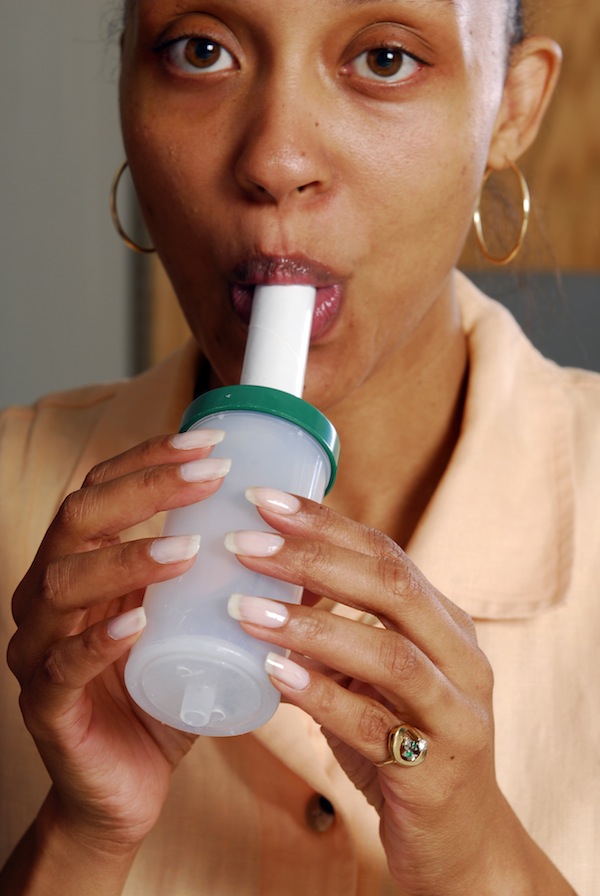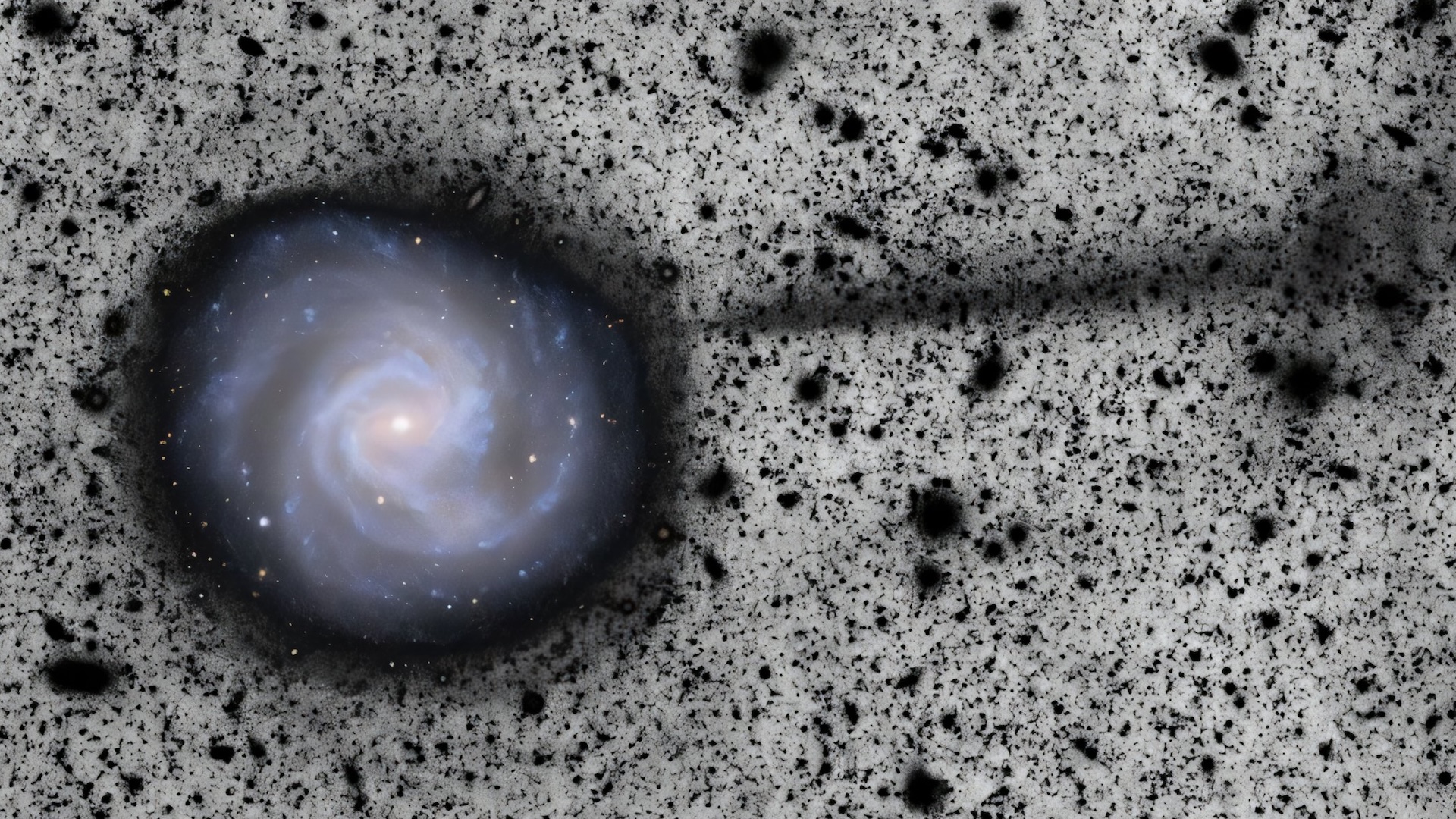New Test Smells Cancer on Your Breath

In many ways, the large scanners used today to screen for cancer represent many of the problems with advanced technology. They’re complex, they’re invasive and they’re extremely expensive. An innovative new cancer test may change that, bringing simplicity, ease of use and affordability to this delicate medical arena by analyzing a patient’s breath for indicators of cancer.
First unveiled on June 2 at the annual American Society of Clinical Oncology in Chicago, this cancer-detecting breathalyzer system, which is still awaiting clinical trials, is able to conduct prescreening for both breast cancer and lung cancer. Developed by scientists at the Georgia Institute of Technology, the cancer breathalyzer could drastically reduce costs for American patients, while enabling expanded screening in countries with inadequate infrastructure and taboos against mammograms.
[New Tiny 'Factories' Aim to Make Cancer-Killing Drugs]
“Most of the directions people are moving in are toward the more complex, the more expensive. I wanted something that’s rugged, cheap and easy enough to be done at a routine physical,” said Charlene Bayer, a professor of chemical engineering at Georgia Tech, and a lead researcher on the project.
The cancer breathalyzer works by first capturing the patient's breath in a specially designed container. Once in the container, the breath will stay fresh for up to a month and a half with proper refrigerated storage. The breath container is then sent off to a lab where a chemical sensor searches for the organic compounds emitted by a body infected with cancer.
Since all a doctor needs to do is have a patient breathe into the container and then send it off to a lab, this test radically reduces the cost, time and patient discomfort associated with CAT scans and mammograms. This ease could alter the cancer diagnosis landscape in two important ways, Bayer told InnovationNewsDaily.
For patients in Western countries, the main problems with cancer screenings are cost and discomfort. This test could reduce the cost of a breast cancer test from $800 to less than $100, Bayer said. Additionally, the test would require none of the invasive physical discomfort associated with those tests.
Get the world’s most fascinating discoveries delivered straight to your inbox.
For patients in developing nations or countries with strict gender barriers, this test could open up even more opportunities to prevent cancer. Not only does it lower the cost of screening to a point of affordability, but its rugged design means doctors operating in remote mountains or thick jungles could use the test. Many cultures also forbid the level of physical intimacy needed to perform tests like mammograms. With the new breath test, a woman wearing a burqa can get screened for breast cancer without causing any cultural offense.
[Fear of Risk Threatens Medical Innovation]
This test does not have the same accuracy as the other, more expensive tests, nor will it totally eliminate their use, Bayer said. Instead, this test will help determine whether or not a patient needs further testing using the more expensive and intrusive devices. But for those Americans who can barely afford their health care as it is, and the hundreds of millions of people in the developing world who currently have little to no access to any cancer screening technology, this invention may be enough to save lives.
This story was provided by InnovationNewsDaily, a sister site to LiveScience.
